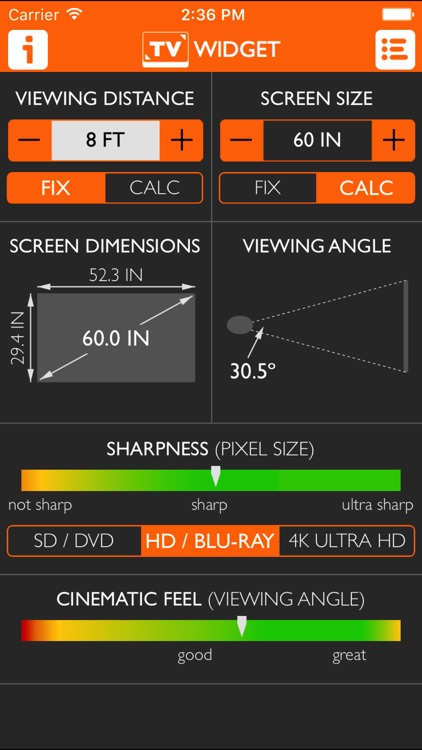
DPI would quantify the total points with an average length of 1 inch as the name implies. It is like PPI, each calculating the grainy dimension of an image. What is DPI?ĭPI stands for dots per inch.
Image resolution calculator update#
Choosing from this advanced option will automatically update the resulting pan with the resolution and size of the screen. There are multiple devices available to choose from when you select a specific operating system. The advanced options for the operating system include Windows, iOS, Android, BlackBerry, OS X, Chrome, and SDI. Using the overwatch DPI calculator, you can use the advanced options to choose an operating system as well as several make and models from various companies. The diagonal size can be entered in millimeters, centimeters, and inches. The DPI calculator also referred to as the mouse DPI calculator, is used to calculate the dots in one inch of the display. The DPI calculator will automatically pick the resolution and diagonal size of your screen. You can choose advanced options to check if your device is listed by selecting your operating system. It will instantly give you the dot pitch , DPI, size, aspect ratio, pixel count, and megapixels of your image or screen.

The greatest resolving power in optical microscopy is realized with near-ultraviolet light, the shortest effective imaging wavelength. Shorter wavelengths yield higher resolution (lower values for r) and visa versa. An important fact to note is that magnification does not appear as a factor in any of these equations, because only numerical aperture and wavelength of the illuminating light determine specimen resolution.Īs we have mentioned (and can be seen in the equations) the wavelength of light is an important factor in the resolution of a microscope. When the microscope is in perfect alignment and has the objectives appropriately matched with the substage condenser, then we can substitute the numerical aperture of the objective into equations (1) and (2), with the added result that equation (3) reduces to equation (2). Table 1 - Resolution and Numerical Aperture by Objective Correction
The following table (Table 1) provides a list resolution ( r) and numerical aperture ( NA) values by objective magnification and correction. Other factors, such as low specimen contrast and improper illumination may serve to lower resolution and, more often than not, the real-world maximum value of r (about 0.25 µm using a mid-spectrum wavelength of 550 nanometers) and a numerical aperture of 1.35 to 1.40 are not realized in practice. In some instances, such as confocal and fluorescence microscopy, the resolution may actually exceed the limits placed by any one of these three equations. These equations are based upon a number of factors (including a variety of theoretical calculations made by optical physicists) to account for the behavior of objectives and condensers, and should not be considered an absolute value of any one general physical law. Notice that equation (1) and (2) differ by the multiplication factor, which is 0.5 for equation (1) and 0.61 for equation (2). Where r is resolution (the smallest resolvable distance between two objects), NA is a general term for the microscope numerical aperture, λ is the imaging wavelength, NA(obj) equals the objective numerical aperture, and NA(cond) is the condenser numerical aperture.


 0 kommentar(er)
0 kommentar(er)
